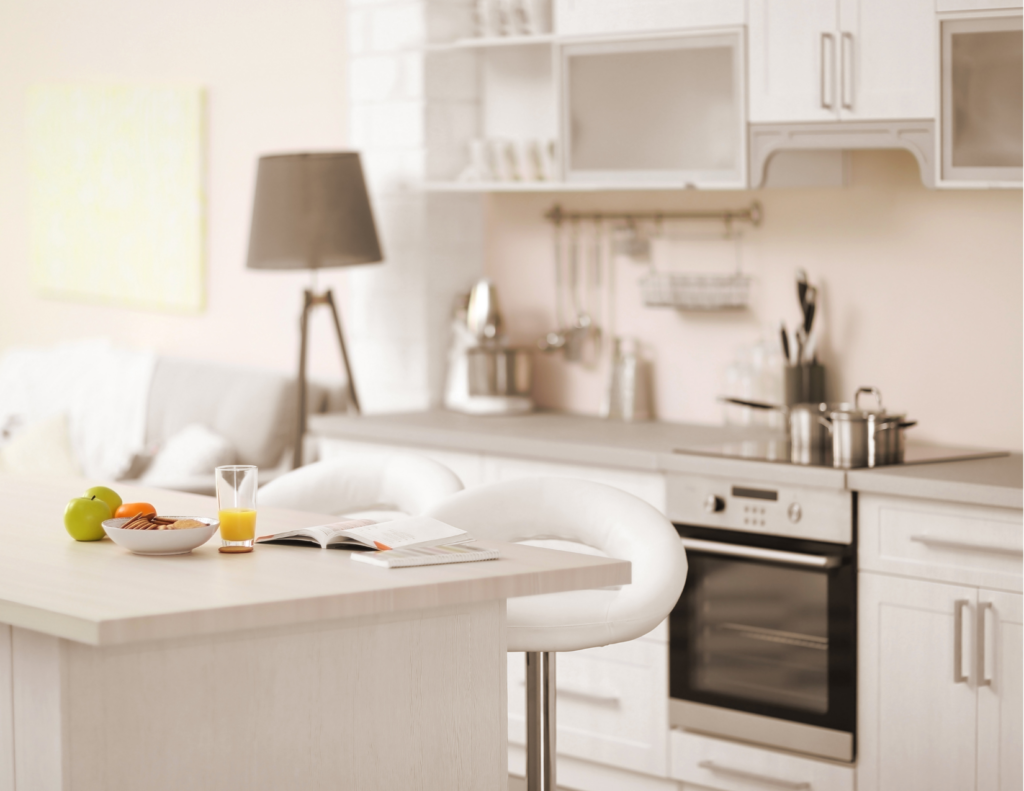
Have you ever walked into a space that felt instantly peaceful—where every item seemed to belong, and there was no unnecessary clutter weighing it down? That’s the power of intentional living, often associated with minimalism and essentialism.
But what do these terms really mean? Are they the same? And why does minimalism sometimes get a bad reputation?
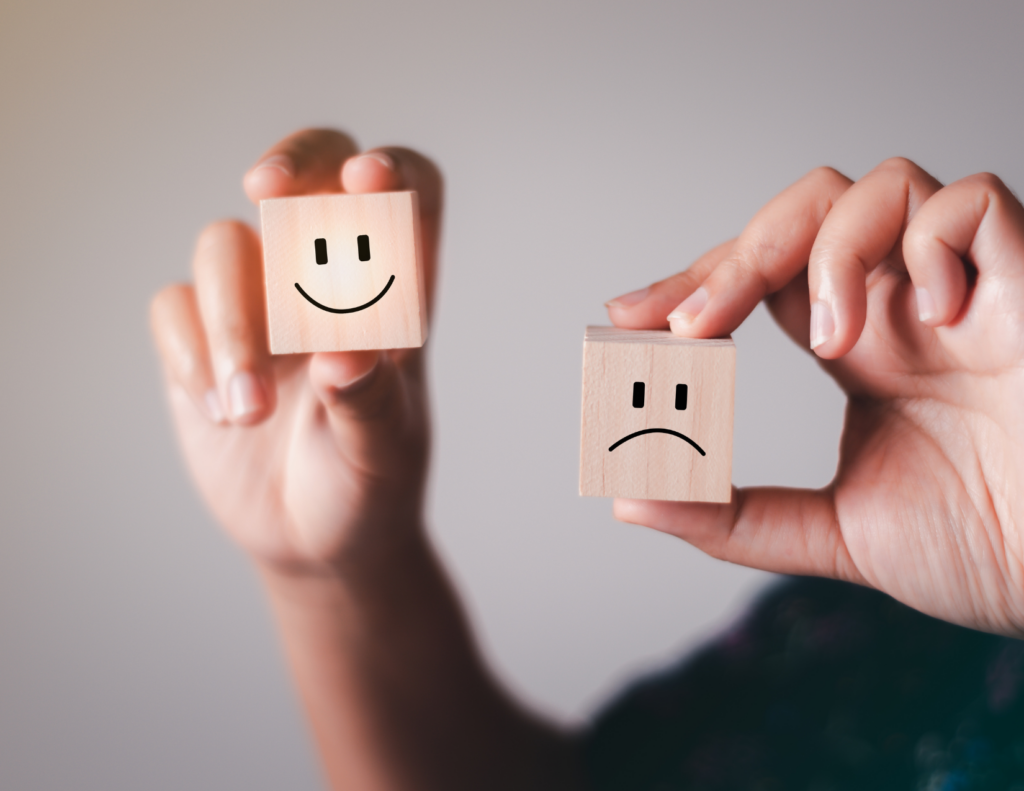
If you’re navigating an aging-in-place transition or supporting an aging parent in downsizing, understanding these concepts can help you create a home that feels lighter, safer, and more aligned with what truly matters. Let’s break it down.
Minimalism: The Art of Living With Less
Minimalism is often misunderstood. At its core, minimalism is about removing the excess to make room for what’s most important. It isn’t about stark white walls, bare shelves, or getting rid of all your possessions. Instead, it’s a mindset that prioritizes intentionality.

For aging adults, minimalism can mean:
- Letting go of objects that no longer serve a purpose.
- Creating an environment that supports mobility and ease of living.
- Freeing up mental and emotional space by reducing visual clutter.
Minimalism asks the question: Do I truly need this? And when done well, it results in a home that feels calmer, more spacious, and more functional.
Why Minimalism Gets a Bad Rap
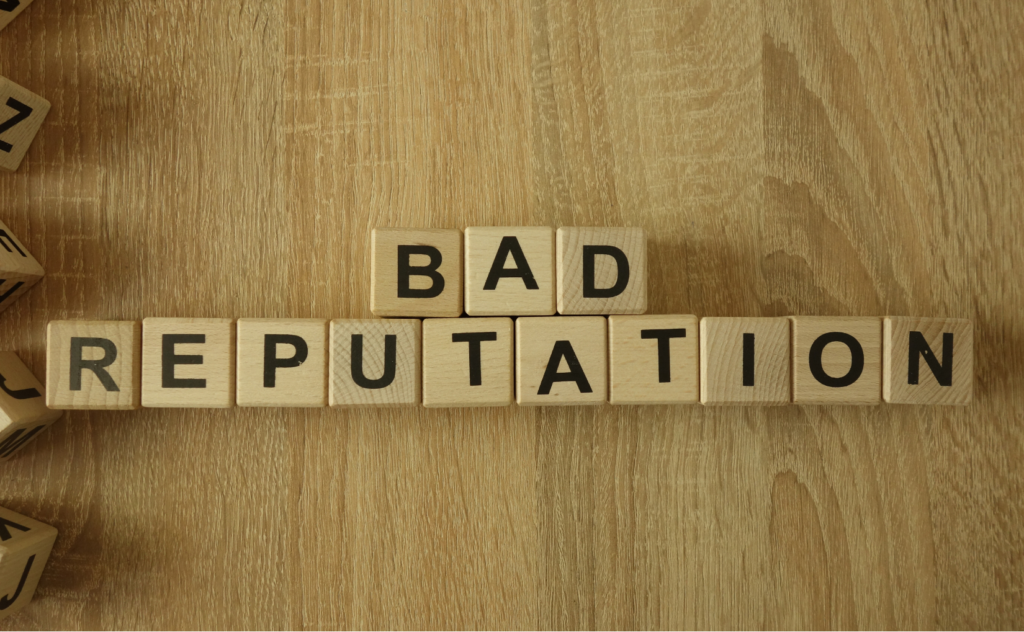
Despite its benefits, minimalism sometimes gets a bad rap . Here’s why:
- It’s seen as extreme. Some people think minimalism means living with only a handful of possessions, but that’s a misinterpretation. True minimalism is about keeping what adds value—not about deprivation.
- It can feel impersonal. The rise of social media has given us images of minimalist homes that are cold and uninviting. But a well-designed minimalist space can still feel warm, personal, and full of character.
- It’s associated with younger generations. Many assume minimalism is for young professionals living in tiny apartments, but it’s just as (if not more) relevant for aging adults who want to simplify and create a home that supports their changing needs.
Rather than viewing minimalism as a rigid lifestyle, it helps to see it as a tool—one that can be adjusted to fit your personal preferences and values.
Essentialism: Living With What Truly Matters
While minimalism focuses on removing excess, essentialism is about identifying and focusing on what’s truly essential. It’s less about what you remove and more about what you prioritize.
In the home, essentialism might look like:
- Keeping only the furniture and belongings that contribute to comfort, functionality, or deep personal meaning.
- Designing spaces that enhance daily life, such as clear pathways for safe movement.
- Curating sentimental items so they remain a source of joy rather than clutter.
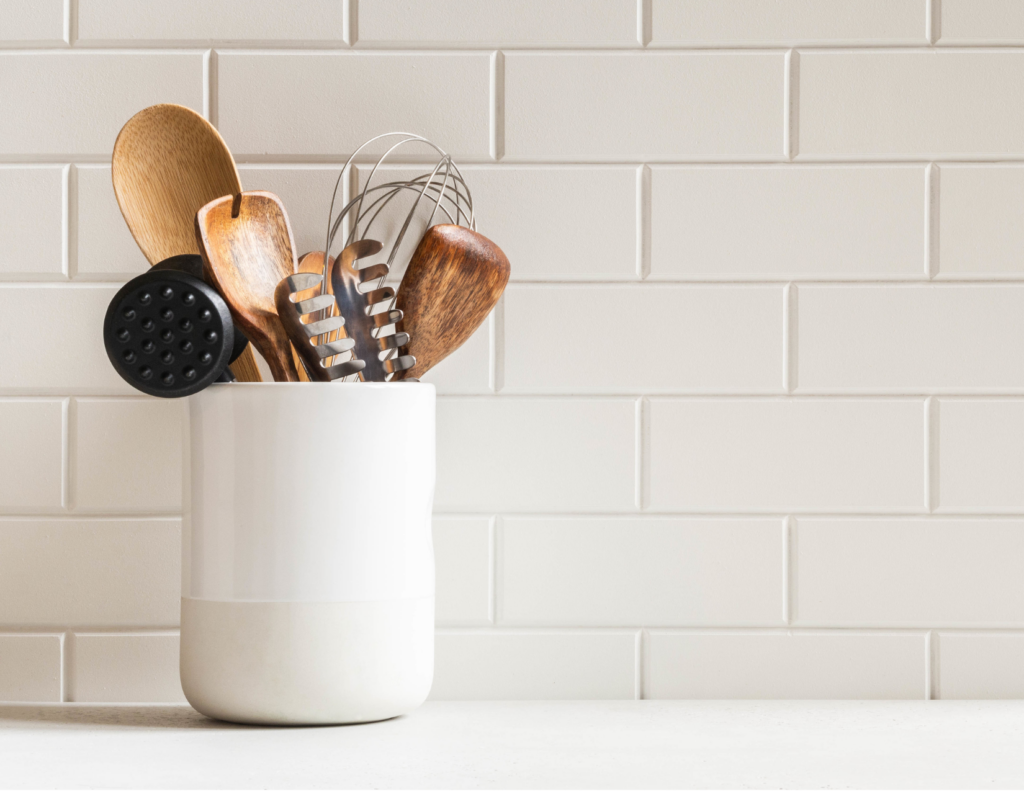
Essentialism isn’t about owning the least number of items possible—it’s about ensuring that what you own is aligned with your values and needs.
Minimalism vs. Essentialism: Are They the Same?
Not quite. Minimalism is a method (removing the excess), while essentialism is a philosophy (focusing on what’s most important). The two often overlap, but they serve different purposes.
Minimalism asks, “What can I let go of?”
Essentialism asks, “What is most important?”
Minimalism is great for simplifying, decluttering, and making your home feel more spacious. Essentialism is about intentionality—choosing to keep only the things that serve a clear purpose in your life.
How to Apply These Mindsets in Your Home
Whether you resonate more with minimalism, essentialism, or a blend of both, you can use these principles to create a home that truly serves you.
1. Start With Your “Why”
Before you begin decluttering, consider:
- What kind of home environment do I want?
- How do I want my space to support my daily life?
- What items add the most value to my life?
Your answers will guide your decisions and help you stay focused.

2. Define What’s Essential to You
Instead of focusing on what to get rid of, think about what you want to keep. Some key questions to ask:
- Does this item serve a clear purpose?
- Does it add beauty, comfort, or meaning to my life?
- Would my home feel better without it?
By identifying what’s truly essential, you naturally reduce the clutter.
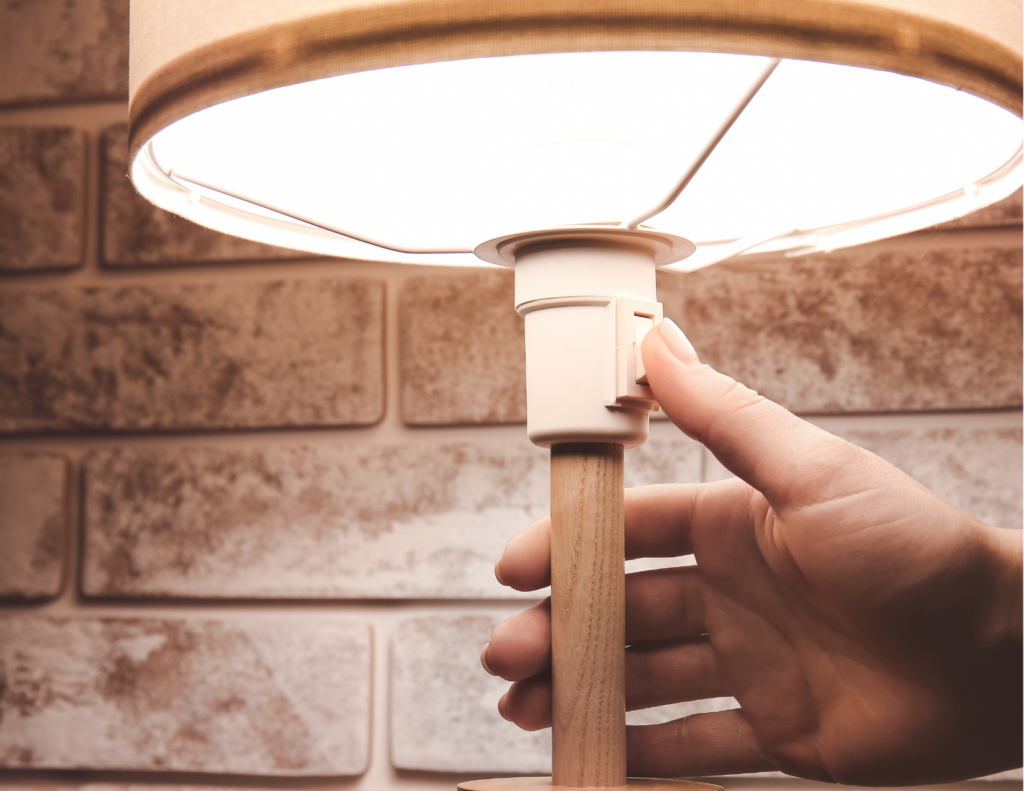
3. Create a Home That Works for You Today
Many aging adults hold onto items for “someday.” But your home should support your life as it is now—not just the life you had decades ago or an imagined future.
Ask yourself:
- Is this furniture still functional for my needs?
- Are there items I’m holding onto that no longer reflect my current lifestyle?
- Can I make my space safer by removing excess or rearranging for better accessibility?
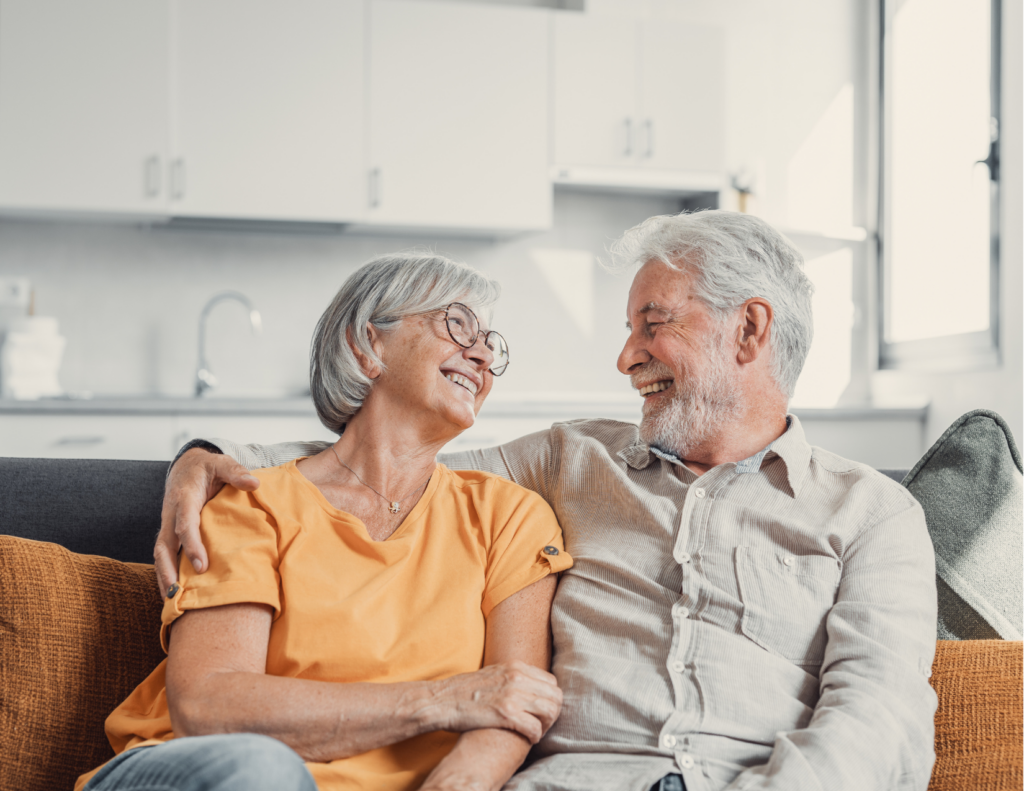
4. Reduce Visual and Emotional Clutter
Even if you don’t embrace minimalism fully, reducing visual clutter can make a huge impact. Try:
- Keeping surfaces clear except for intentional, meaningful decor.
- Storing rarely used items out of sight to create a calmer space.
- Letting go of inherited items that carry emotional weight but no longer serve you.
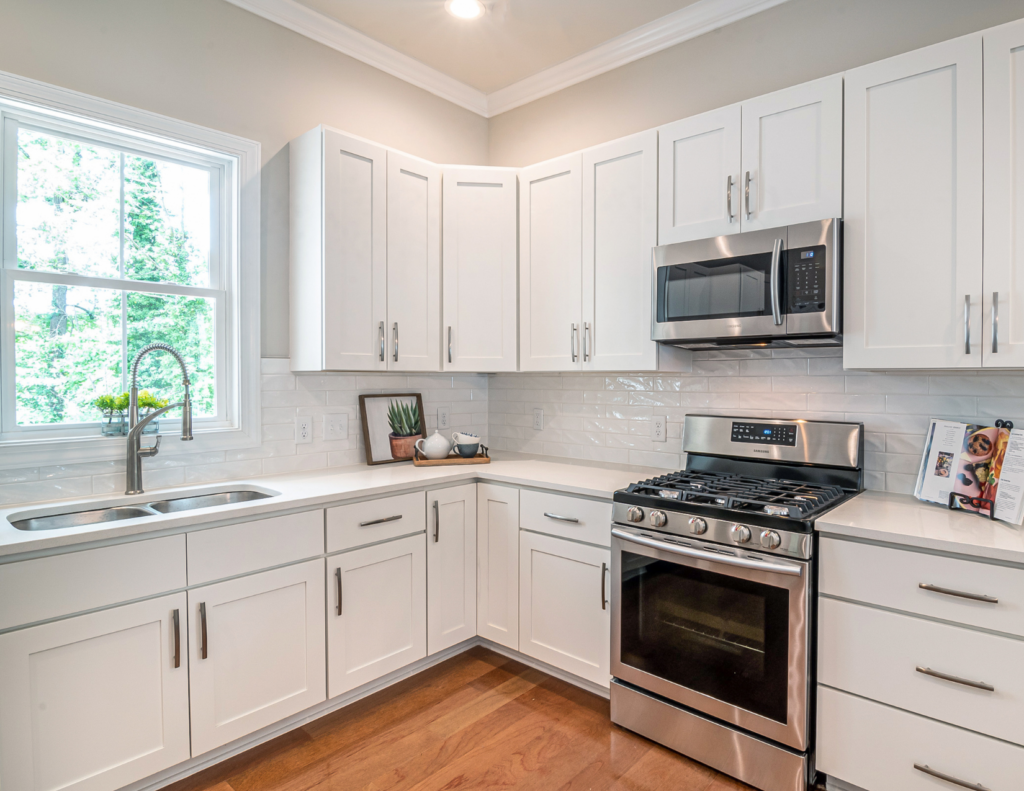
5. Give Yourself Permission to Let Go
Many aging adults struggle with letting go because of emotional ties to their belongings (for more on that touchy subject, check out our previous blog post). It’s okay to honor the memories without keeping every object attached to them. Consider:
- Keeping a select few sentimental items rather than everything.
- Passing heirlooms to family members who will cherish them.
- Taking photos of meaningful items before letting them go.
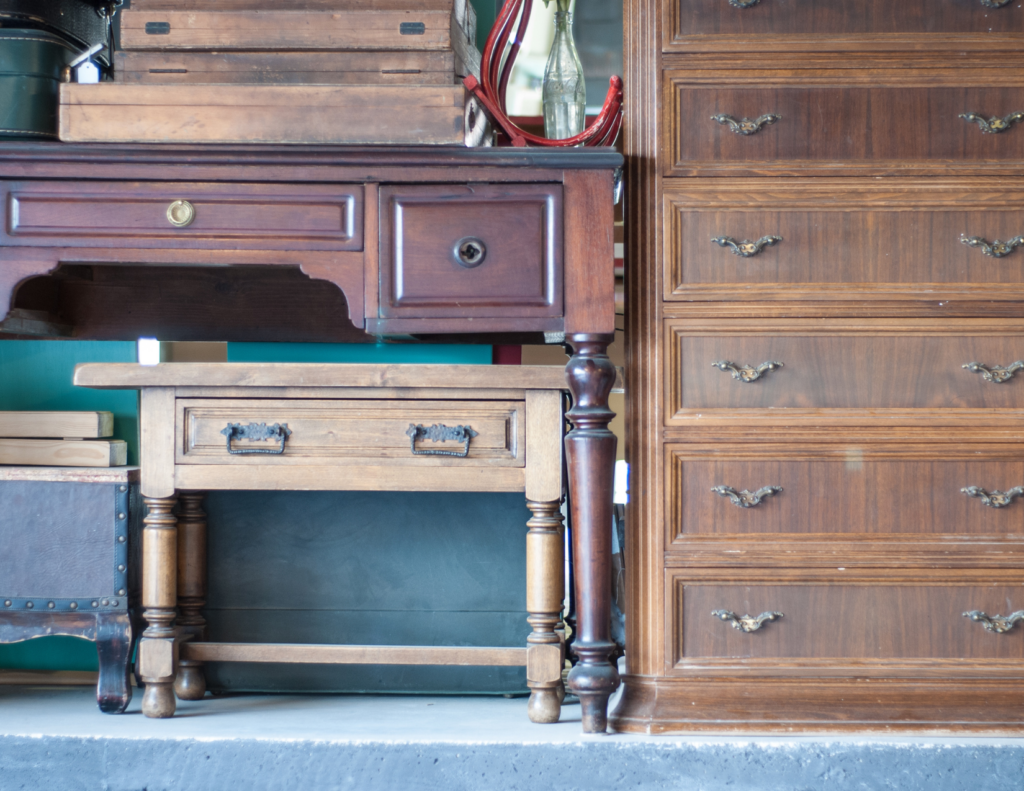
A Home That Reflects What Matters Most
Whether you lean toward minimalism, essentialism, or a mix of both, the goal is the same: creating a home that feels peaceful, functional, and reflective of your values.
The truth is, a cluttered home often leads to a cluttered mind. But when you intentionally choose what stays, you create space—not just physically, but emotionally and mentally too.
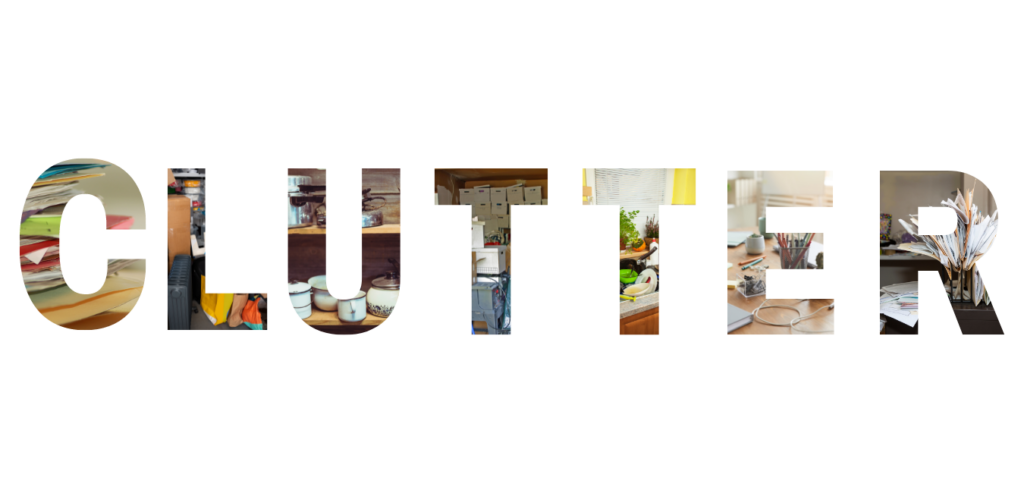
So, take a look around your home today. Are the things surrounding you supporting your life, or are they weighing you down? What small steps can you take to create a space that truly serves you?
In your corner,

Allison and the KHO Team
Additional Resources on This Topic:
- Minimalism Brings Abundance: How Having Less Actually Feels Like Having More
- Minimalism Means…
- 8 Things Clutter Steals From You
- Minimalism vs Essentialism – these practices loved by experts will make your life streamlined and meaningful
If this post content has been helpful to you and you know someone else who would benefit from this content, would you please share it using the options below? Sharing is such a simple way to spread a little encouragement!
